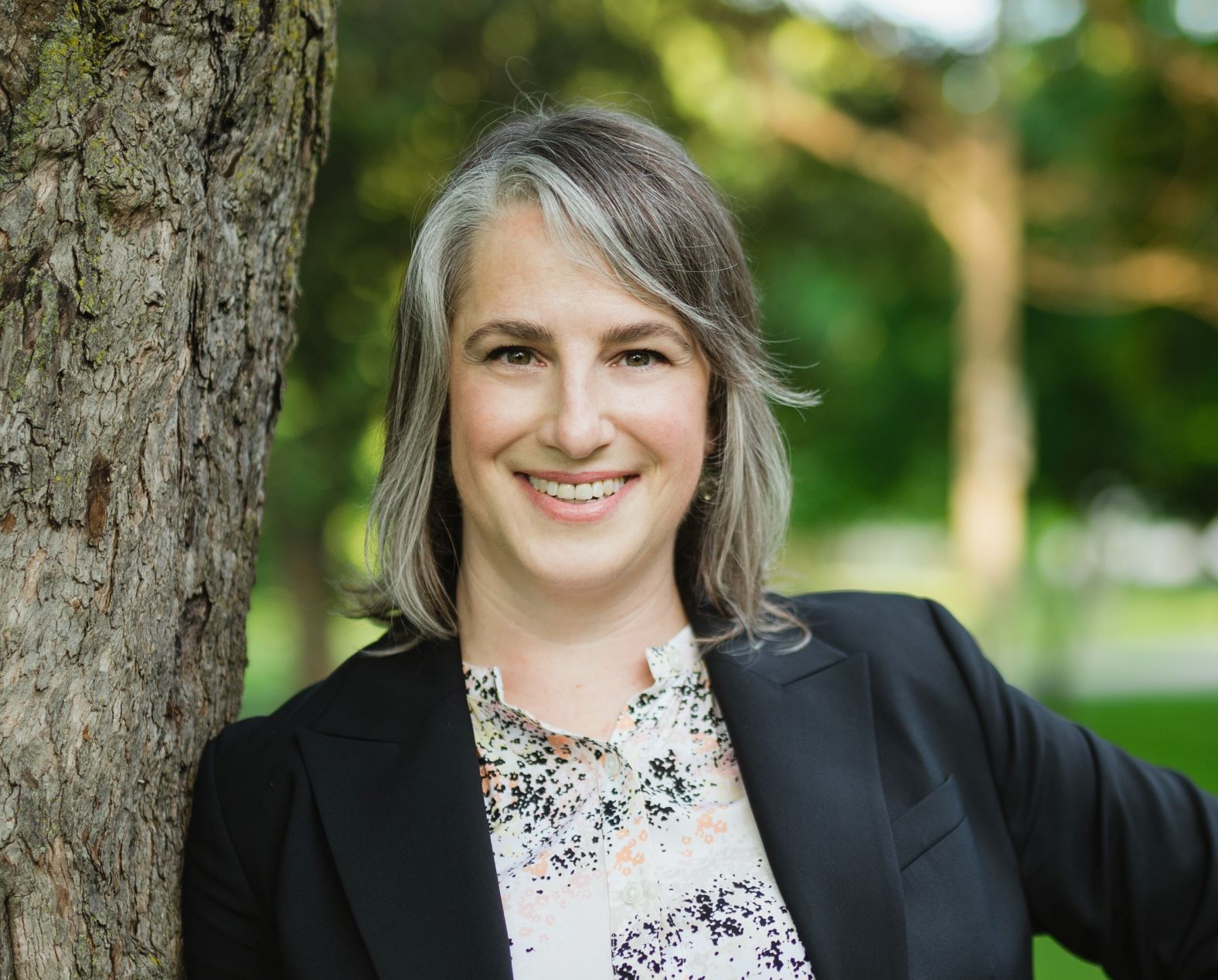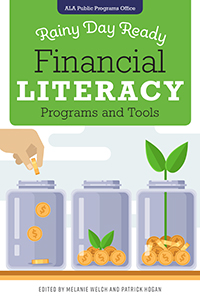Rainy day ready: an interview with Melanie Welch about financial literacy programs and tools
 Dealing with finances is stressful! In fact a survey from the American Psychological Association shows that money is a more frequent cause of worry than work, family, or health issues. Libraries across the country are empowering people with the knowledge to make sound financial decisions by offering a variety of services, resources, and programs, many of which are spotlighted in the new book Rainy Day Ready: Financial Literacy Programs and Tools. In this interview co-editor Melanie Welch, who is also a project director in the ALA Public Programs Office, discusses the genesis of the project and shares some financial literacy education best practices.
Dealing with finances is stressful! In fact a survey from the American Psychological Association shows that money is a more frequent cause of worry than work, family, or health issues. Libraries across the country are empowering people with the knowledge to make sound financial decisions by offering a variety of services, resources, and programs, many of which are spotlighted in the new book Rainy Day Ready: Financial Literacy Programs and Tools. In this interview co-editor Melanie Welch, who is also a project director in the ALA Public Programs Office, discusses the genesis of the project and shares some financial literacy education best practices.
Congrats on the book! Could you talk a little bit about how this project got started and your involvement in it?
Thanks! It’s my very first book and it’s been a lot of fun and very exciting for me. Working at ALA provides so many unique opportunities, and this is an example of that! My colleagues and I in ALA’s Public Programs Office work to empower libraries to create vibrant hubs of learning, conversation and connection. So it was a natural fit when Patrick Hogan in ALA Publishing approached us in early 2018 asking for help in pulling some resources together on financial literacy programming for a potential book. After talking a few times, it made sense for us to be more involved and since I’ve been leading national financial literacy programming initiatives on behalf of the office for the past few years, I volunteered to work with him on it.
The book includes resources from PPO (Public Programs Office), model programs, and other contributions from across the country. How did you approach pulling together everything?
When I started in ALA’s Public Programs Office in 2015, one of the very first projects I started on was creating the Thinking Money traveling exhibition on financial literacy in partnership with the FINRA Investor Education Foundation. I’ve been very lucky to learn a ton on the job over the past few years from people like Robert Ganem, my partner at the FINRA Foundation, and from our own ALA members and the library profession at large. By getting to know the librarians and library staff who created and implemented truly impressive personal finance programs to accompany the Thinking Money exhibition at their libraries, I got to learn about effective strategies in reaching all sorts of audiences. And these professionals were the first ones I turned to when it was time to solicit program models to include in the book. My colleagues and I also reached out to other programming librarians through our programminglibrarian.org website, the Programming Librarian Interest Group, libraries that participated in ALA’s Smart Investing@Your Library initiative and more. I wanted to make sure we had a wide variety of library types, audiences served, and budgets reflected in the final program models we included. I think there is something for everyone in this book.
Every April, many libraries offer programming related to Money Smart Week. What are some ways they can build on that by implementing some of the ideas in this book?
Several of the program models included in the book were developed specifically for the author’s own library’s Money Smart Week offerings, but all these programs are suitable for MSW or year-round! What I like about  the book is that in addition to program models, it’s chock-full of information on where to turn for more information and resources to create your own unique program.
the book is that in addition to program models, it’s chock-full of information on where to turn for more information and resources to create your own unique program.
Would you offer some tips for reaching individuals who might not fit into the middle class or more affluent demographic that personal finance resources often target?
Absolutely. It’s so important to include programs for all income and education levels. As we review in the book, the Federal Reserve’s 2016 Survey of Consumer Finances states “financial literacy is strongly linked to education level and income. This pattern is worrisome because poor households not only earn less but also tend to lack the financial knowledge needed to manage their income properly.” Libraries are perfectly positioned to carry out the work of empowering people to achieve their life goals. Building personal finance concepts into programs you’re already doing, such as story times, reach an audience you already have. Providing youth programs concurrently with an adult program on personal finance enables parents to bring their kids and focus on the important information presented. Coincidentally, I also led a recent Public Programs Office initiative to study library service for immigrants, refugees and displaced persons called the New Americans Library Project. We found that public libraries play a key role in providing financial skill-building programs and services for this audience.
At a moment when information literacy is more important than ever, the parts of the book dealing with financial literacy education best practices seem especially timely. What are some key concepts that library workers should keep in mind to ensure they provide objective and accurate assistance?
Unbiased, noncommercial resources and partners are a great way to go. The Federal Reserve, Consumer Financial Protection Bureau and other government agencies, local cooperative extension service and credit unions, FINRA Foundation, higher education and nonprofit social service providers are just a few of the examples of organizations that offer great resources and partnership opportunities that can enhance your program plans.
Learn more at the ALA Store.
